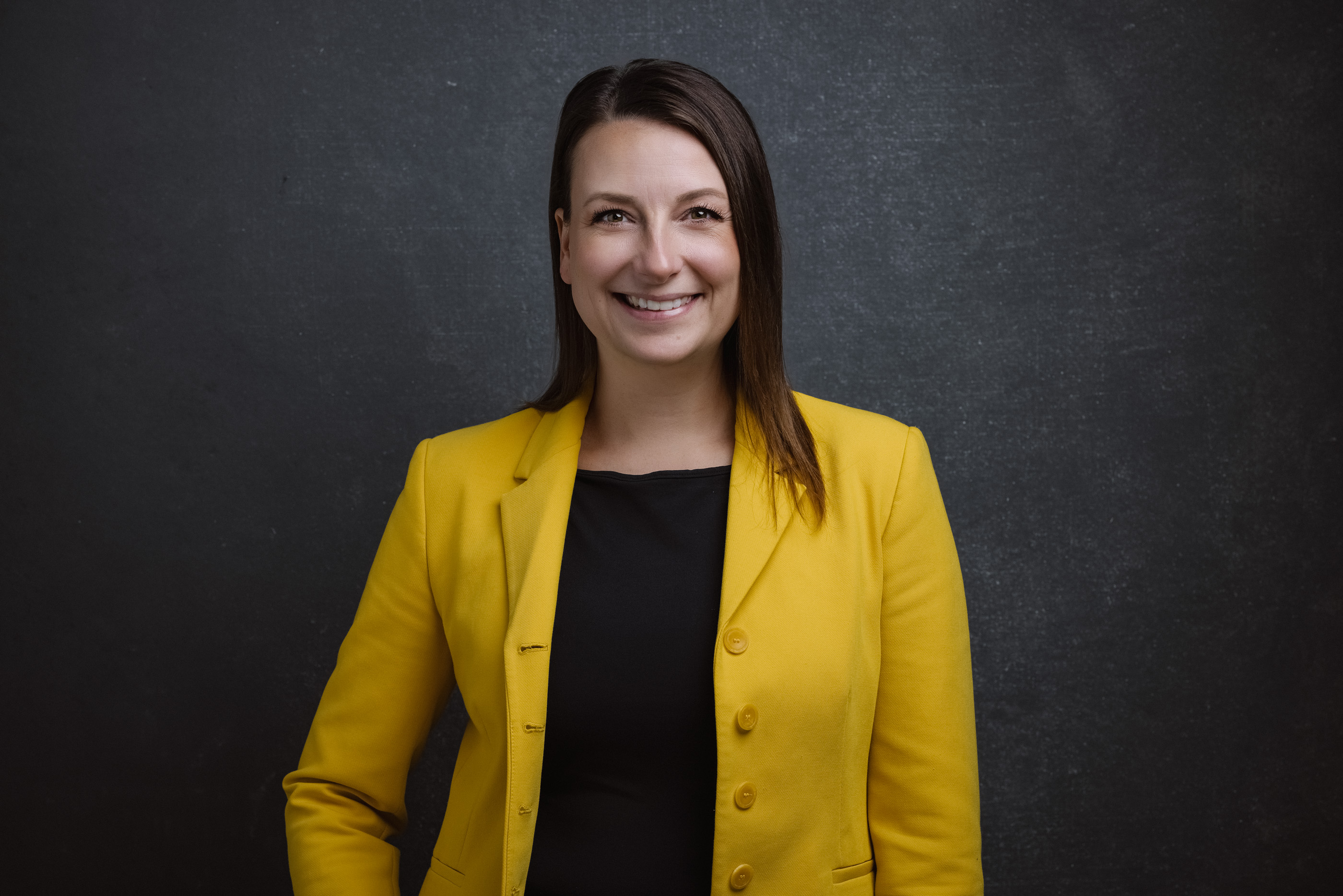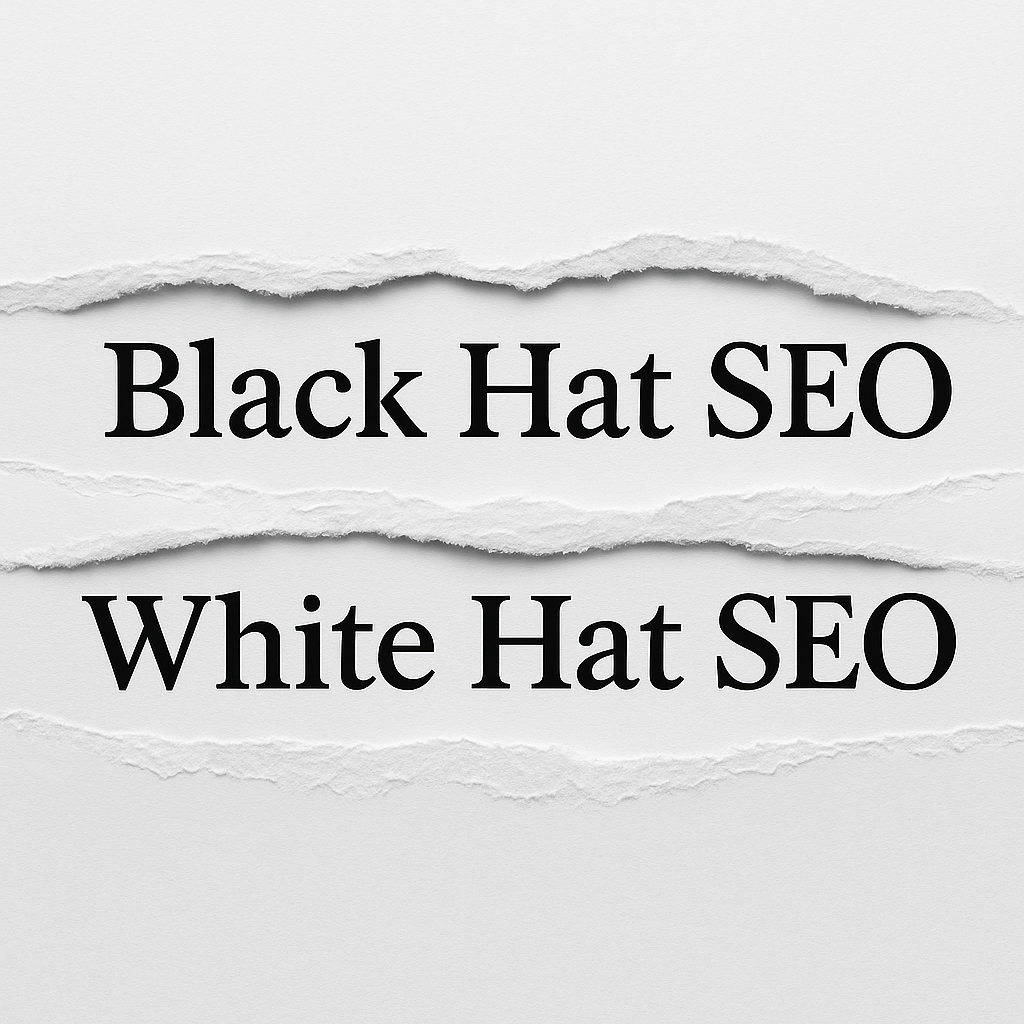As Chief Operating Officer at Momentum Group, James Grant is focused on scaling international operations and driving sustainable growth. His background is rooted in building efficient structures, aligning strategy with execution, and ensuring measurable impact across markets. He also places a strong emphasis on people development, believing that high-performing teams are the foundation of long-term success.
You went from running restaurants to consulting in iGaming, a shift most people wouldn’t expect. What sparked the change, and how did you make it happen?
I was approached by the founders when they were looking at scaling their business from white-label operations into a full end-to-end operation. To be honest, I was nervous about the decision; I was in a great company, on a strong growth trajectory, and very settled. But I took the risk, backed myself, and I haven’t looked back since. It’s one of those decisions that felt big at the time but ended up being the best move I could have made.
What skills from the food and hospitality industry ended up being surprisingly valuable in iGaming?
Processes, procedures, and people management. Hospitality/Fast Food is relentless and fast-paced; if your systems and your team aren’t tight, things fall apart quickly. I owe a lot to my time at Hungry Jack’s (Australian Burger King). It gave me a foundation in structured people management and operational discipline that I still lean on every single day in iGaming.
Most people think of iGaming and hospitality as completely different, but were there any familiar dynamics when you switched industries?
The industries look different on the surface, but the core principle is the same: look after your customers and they’ll look after your business. Whether it’s someone buying a burger or depositing on a casino, the experience matters.
What advice would you give to someone looking to pivot into iGaming from a non-traditional background?
Don’t be nervous about taking the leap. It’s a fun, fast-moving industry with room for all kinds of skill sets. Whatever you’re passionate about, there’s probably a pathway in iGaming: creative, strategic, analytical, or operational. It’s one road with multiple forks.
You’ve led teams through launches and scale-ups, what’s one mistake you often see companies make in those early stages?
Chasing profits too quickly instead of focusing on customers. The instinct is to squeeze revenue early, but the real growth comes from building loyalty and trust first. My advice is: keep it lean, build strong processes, and once you see growth, don’t hesitate to scale fast and hire the right people.
Culture gets talked about a lot, but from your experience, what does a healthy iGaming culture actually look like?
It’s about creating an environment where people can be themselves. A healthy culture is supportive, respectful, and fun but also driven. People need to feel comfortable speaking up, but also committed to delivering results.
What’s one leadership habit that’s helped you build alignment and trust across teams?
Communication. Simple, but powerful. I put a lot of focus on strong relationships and open dialogue. If people feel comfortable being transparent with you about blockers, ideas, or even mistakes, you can move faster and smarter as a team.
What’s something you’ve helped fix or improve that most people wouldn’t even think of as a growth lever?
I wouldn’t say I can take personal credit for specific fixes; what I’ve seen work best is creating the space for people to actually use their expertise. When you give teams the autonomy, trust, and support to make decisions, they naturally spot opportunities and solve problems faster than any top-down approach. That freedom is often underestimated, but it’s a huge growth lever because it unlocks improvements you can’t plan for on a spreadsheet.
What’s one part of the user journey that could benefit from more operational thinking?
Onboarding and the nursery stage. The first few days decide whether a player stays or leaves, and too many operators undercook it. Smooth KYC, quick payments, and aligned messaging across CRM, VIP, and Support set the tone. If it’s seamless, you build trust and momentum early; if it’s clunky, you’ll spend the rest of the lifecycle trying to win the player back.
What’s the most common operational mistake you see iGaming brands repeat, and how do you help course correct?
A mistake I see often is over-engineering too early: layering in too many procedures before the business has the scale to support them. It creates bottlenecks instead of agility.
Alongside that, some brands fall into the trap of delaying withdrawals to protect short-term cashflow, but it comes at the expense of long-term trust and loyalty. The way to course correct is by building scalable systems from the start, keeping processes lean, and above all, prioritising player trust over quick wins.
Have you seen content create real clarity or momentum in a project? What did it look like?
Definitely. The strongest examples are when content takes something complex and makes it simple and actionable for players. A well-timed campaign with clear messaging, a product update explained in plain language, or even a visual walkthrough of a new feature. These create momentum because they remove friction. When players instantly understand the value or the next step, adoption and engagement follow. That kind of clarity in external content doesn’t just inform; it builds trust and accelerates growth.
How important is tone of voice (internally and externally) when building trust with teams or users?
Tone of voice is crucial, but it’s not one-size-fits-all. It has to be tailored to the audience. Internally, the way you communicate sets the culture: if your tone is clear, open, and human, people feel more engaged and comfortable speaking up. Externally, it’s about relevance and connection. Content that feels personal always wins; whether that’s tailored offers, transparent updates, or social proof that shows other players are having a great experience. But the real key is understanding your target audience. The tone you’d use in New Zealand is very different to what resonates in the Middle East or France. Localisation isn’t just about language, it’s about cultural context, humour, and values. When players feel like you’re genuinely speaking to them rather than at them, that’s when you build trust and long-term loyalty.
What kind of content have you seen move the needle in growth, whether it’s acquisition, conversion, or retention?
Content that’s relevant and personal always has the biggest impact. Players don’t want to feel like they’re on the end of a blanket message; they respond to offers and communication that reflect their behaviour, preferences, and stage in the journey. Tailored offers, transparent updates that build trust, and social proof that shows others are engaged all drive momentum. The key is that the content feels like a conversation, not a broadcast. When you speak directly to the player’s interests and context, whether that’s through localisation, personalised rewards, or timely nudges, you see real movement across acquisition, conversion, and especially retention.
From a consultancy POV, how important is content in shaping how clients or partners perceive your professionalism and credibility?
It’s everything. You can have the best ideas in the world, but if they’re not communicated clearly, you’ll lose credibility. Content, whether that’s reports, presentations, or even a follow-up email, is how clients judge your professionalism.
What are some common content mistakes you see operators or consultants make when trying to scale internationally or into new markets?
Copy-pasting content without localisation is the big one. What lands in New Zealand won’t necessarily work in France or the Middle East. Tone, cultural cues, seasonality, even how you talk about payments and regulation all need to shift.
The other miss is light competitor and market analysis: teams launch with generic messaging without mapping the local value props, promo norms, channel mix (e.g., Telegram vs email), or trust signals players expect. The fix is simple but disciplined: do the homework upfront (market size, player habits, pricing/promo baselines, compliance language, top competitors and their angles), localise tone and creatives properly, and test into the market with fast iterations rather than a one-size-fits-all rollout.
What’s one content win you’ve seen recently that made you go, ‘Yep, that worked’?
One of our clients donated $100,000 worth of meals in New Zealand during the cost-of-living crisis. It wasn’t a flashy promotion; it was authentic, local, and it resonated because people genuinely needed the support. The lesson for me wasn’t about “doing charity as a campaign,” but about the power of giving back to the community in a way that’s relevant and needed. When content reflects real actions that matter locally, it builds brand equity in a way no headline promotion can.
What’s one area you’re still actively working on improving in your own toolkit?
Stepping back more. I naturally want to be across everything, but the bigger the organisation gets, the more important it is to create space for others to lead and for me to focus on higher-level strategy.
What’s one thing you know now that you wish you’d known when starting in iGaming?
I’m focused on continuously learning more within the industry: diving deeper into different operational departments, understanding new markets as they open up, and expanding my knowledge across other business functions. The industry is constantly evolving, so keeping that curiosity and broadening my perspective is key to staying effective as a leader.
Is there anything else you’d like to add?
Just a thank you to Content Lab for the opportunity. Interviews like this are always a good chance for self-reflection, and if there’s one message I’d want to leave, it’s that people and culture drive everything. Products, markets, numbers: they all follow when you get the people's side right.





